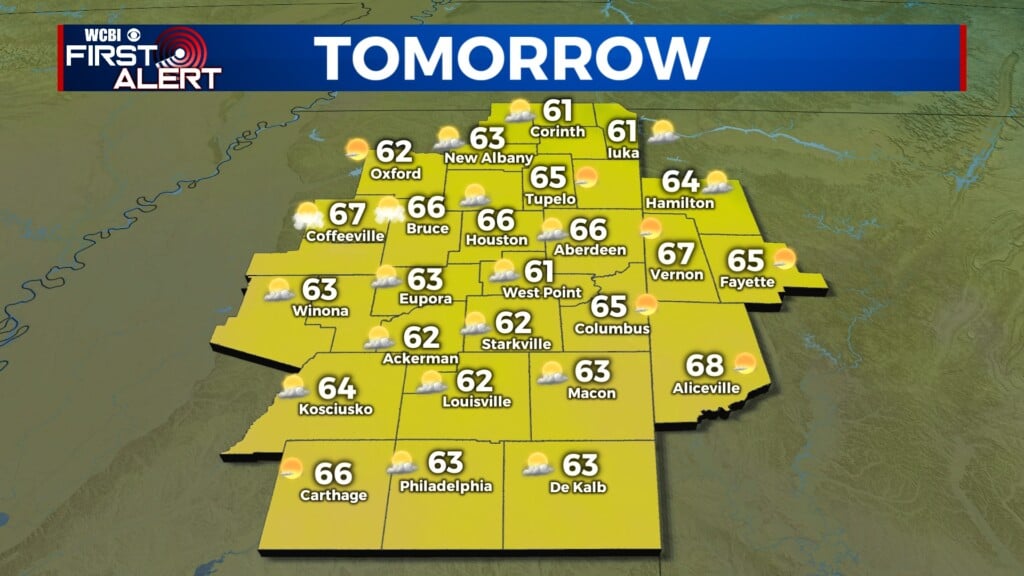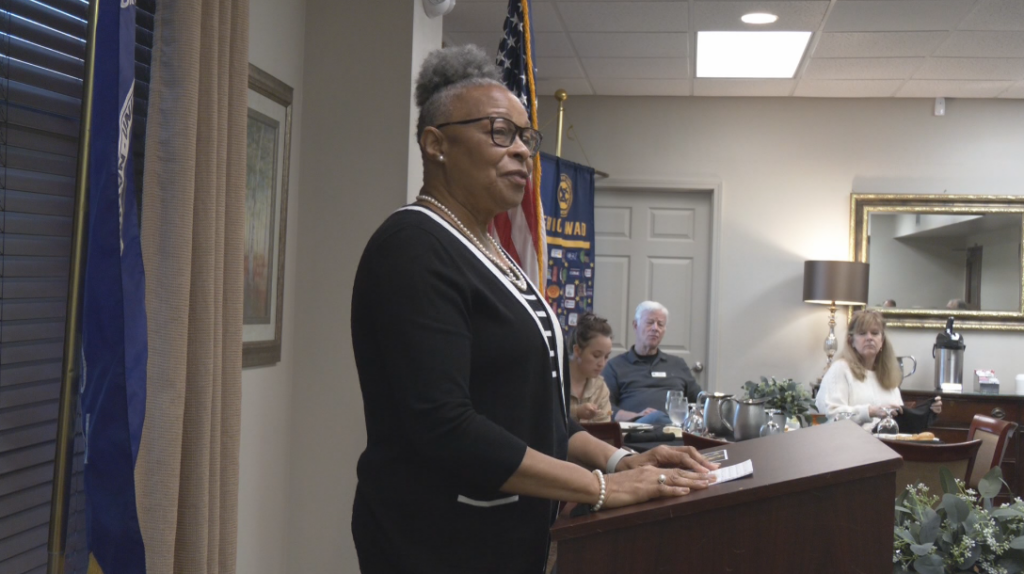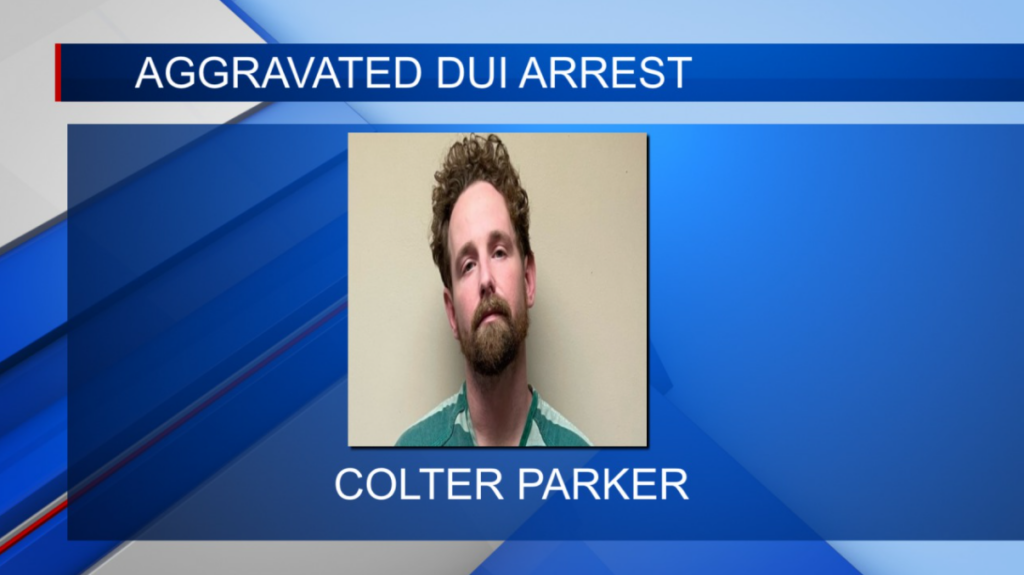Horsemanship, Leadership Go Hand in Hand

World-renowned horseman Pat Parelli gives Mississippi State University sophomore Katie Cagle of Tupelo and her horse, Popeye, some personal instruction in the Tunica arena on Oct. 19, 2013. (Photo by MSU Ag Communications/Linda Breazeale)
By Linda Breazeale
MSU Ag Communications
TUNICA – A decade after watching her first demonstration of Pat Parelli’s natural horsemanship techniques, Katie Cagle was in the arena with her horse for some personal instruction from the world-renowned horseman.
Cagle has experienced many equine challenges throughout more than 10 years in 4-H and a lifetime around horses. When the call went out from the Parelli organization for local horses that were difficult to load into a trailer, Cagle knew her horse, Popeye, was the perfect challenge.
“Popeye has a history that makes him difficult to load in a trailer. He is blind in one eye and experienced abuse from a previous owner, so he has trust issues,” she said. “He hasn’t had much attention since I left for college.”
Cagle, a 19-year-old from Tupelo, is majoring in animal and dairy sciences at Mississippi State University. The sophomore’s focus is on equine science, and she wants to pursue a career in therapeutic riding.
“I remember Parelli’s lessons about working with, not against, your horse, but Popeye’s issues just seemed too big,” she said.
When Cagle and Popeye entered the arena, Parelli asked them to demonstrate Popeye’s willingness to address several obstacles before approaching a trailer. His distrust of the entire situation was easy for the audience to see.
Parelli’s first instruction was to allow plenty of time for a horse to load into a trailer. He emphasized the need to build connections with the horse based on trust and mutual respect.
As Cagle worked patiently with Popeye, under Parelli’s close supervision, the audience could easily see the horse’s trust build and fears subside.
“I learned how to be truly patient by not giving up or rushing the horse. I learned how to read the horse effectively,” she said. “Most problems are caused because the horse feels rushed, doesn’t understand or is truly scared. By doing everything slowly and correctly the first time, we can prevent so many upsets later.”
Parelli said adults tend to make simple things difficult.
“When we say to keep things natural, we mean to keep them simple,” he said. “What we are really teaching are leadership skills. They not only help with horses, but also with people.”
Cagle’s dad, Scott, values the leadership aspect of the Parelli program. As the Chickasaw County Extension agent, he works many hours with 4-H groups and horse programs.
“During the program, Mr. Parelli said he’d like to see this method taught to every 4-H group or any others who work with horses,” Scott Cagle said. “Ending abusive training techniques is a big part of the Parelli platform. All leaders know there are times when they have to be firm, but that does not mean abusive, whether it’s training an animal, a child or an employee.”
Cagle said his daughter saw the importance of patience and a firm hand.
“When anyone cuts corners in the training process, they are setting up for failure,” he said. “You can’t rush the training process.”
Cagle said he has seen 4-H open the door to future careers many times, and he sees this Parelli experience reinforcing his daughter’s career choice.
“When working in therapeutic riding, you have to be able to understand the horse as well as the rider,” he said. “Just because a horse is well trained does not mean you can take things for granted. You still need to engage the horse to keep it on task. Understanding how a horse thinks, which is one aspect of the Parelli program, is key to anticipating a horse’s needs and avoiding problems.”





Leave a Reply